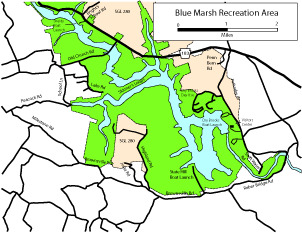
| Berks |
| DESCRIPTION: Blue Marsh Lake is located approximately 6 miles north of the city of Reading and 7 miles south of Bernville. Approximately 6,200 acres in size, including a flood control dam, forest, and fields it is owned and operated by the USACE. Many multi-use trails surround the lake and adjoining SGL 280 including a 30-mile trail around the lake. Until the lake freezes in winter, it attracts gulls and waterfowl. The brushy habitat surrounding much of the lake is home to many edge species. |
DIRECTIONS: To reach Blue Marsh from the south take US 222 North from Reading. Exit at PA 183 North. Make a left onto PA 183, continue north about 3 miles to Palisades Drive and turn left (west). Follow Palisades Drive to the park Visitor's Center, 1.8 Miles on your right (Open at 8 AM). Start your tour at the Visitor's Center by picking up free maps. They have an excellent map of their trail systems. There is a seasonal fee of $3.00 per car or $1.00 to walk into the park from May 1 to September 30. Golden Age passes are accepted with a reduction in fees and annual passes may also be purchased, No fee is charged to go into the Visitor's Center. Excellent views of a portion of the lake are visible from the Visitor's Center and in the winter feeders are stocked at the rear of the building. During the summer months Orchard and Baltimore orioles, Indigo Bunting, Willow Flycatcher, and Brown Thrasher can be found close to the Visitor's Center and in late winter Wilson's Snipe may be heard calling. Clean restrooms can also be found at the Visitor's Center. From the Visitor's Center return to Palisades Drive, make a left and go to the next left which is Dry Brooks Boat Launch. In the summer Willow Flycatcher and Orchard Oriole are common. In fall the planted fields are excellent for Bobolink, Indigo Bunting, occasionally Blue Grosbeak, and a variety of sparrows. White-crowned Sparrows always arrive early and stay all winter into early spring. The lake sometimes has large numbers of Common Loon or mergansers on it. Waterfowl activity on the lake is very dependent on boating activity. Return to Palisades Drive, make a left and then take the next left off of Palisades Drive and enter the Dry Brooks Day Use area. Fees charged May 1 to September 30. Best time to visit this area is October 1 to April 30. After going through the toll booth take the first left. All parking lots within the Day Use area are lettered. Drive to the bottom of the hill to parking lot C. Park and walk east. You can now access the Great Oak Nature Trail, about 1 mile in length. Along the trail is a bird blind with many feeders, (fall to late spring only). Species to be expected are White-crowned and White-throated, Fox, Song, and American Tree sparrows, Red and White-breasted nuthatches, Hermit Thrush, and other wintering species. Springtime may produce Field and Swamp sparrows, Warbling and Red-eyed vireos, Wood Thrush, Veery, Common Yellowthroat, Orchard and Baltimore orioles, and Great Crested Flycatcher. Leaving parking lot C, drive to the top of the hill. Make a left and drive down the hill. At the bottom of the next hill is a cul-de-sac. You can park here and access the gamelands. Many farm roads and trails exist in this area. From the cul-de-sac drive to parking lot D. Park at the east end of the lot and you can access the Eyes of the Eagle trail, 0.25 mile in length. This trail is for the blind and physically challenged and is an easy trail to walk. Feeders are at the observation deck and in the Sensory Garden (winter only). Many wintering sparrows and for two years a Pine warbler wintered here. In the spring/summer Blue-winged and Yellow warblers can be found and both species nest here. Scarlet Tanager, both orioles, Brown Thrasher, Great Crested Flycatcher, Wood Thrush, Eastern Towhee, chickadee spp, and Tufted Titmouse. Within the park Eastern Kingbird and Eastern Bluebird nest and the Foxtrot Hiking Trail can be accessed from parking lot E. (1.5 miles in length) Parking lot F, which is closest to the beach is not worth checking except in the winter when thousands of gulls winter there including Ring-billed, Herring, Great, and Lesser Black-backed. There is always the possibility of a rare gull. Leaving the park, return to Palisades Drive. Make a left and then another left onto PA 183. Go North about 5 miles to Old Church Road and turn left. You can park on the dirt parking lot on either side of Old Church Road. The multi-use trail is accessible from either side of the road. Birding is often good along either trail, the northern route leading you to Sheidy Boat Launch. This is a good area for Cliff, Northern Rough-winged, and Tree swallows, Warbling Vireo, and Willow Flycatcher. Continue on Old Church Road. You can bird from many points along this road as it is all USACE or PGC property. Make a left onto Lake Road to access Skinner's Loops. See USACE map. This trail takes you through many different vegetation zones. Some birds to be expected in summer months are: White-eyed and Red-eyed vireos, Yellow-breasted Chat, Willow Flycatcher, Field Sparrow, Brown Thrasher, Veery, Indigo Bunting, Painted Redstart, Scarlet Tanager, and Rose Breasted Grosbeak. Return to Old Church Road, make a left. Go to next left, School Lane and follow it to Peacock Road. Park aside of the gate and walk down to end of cove (1/3 mile). Sometimes good for waterfowl and shorebirds. The forested area is good for forest birds and the lake shore area is good for Willow Flycatcher, White-eyed Vireo, and Swamp Sparrow. You can also park here and walk across the wooden bridge and access the lake trail. Leaving this area, drive West on Peacock Road 1.3 miles to Milestone Road. Turn left on Milestone Road and go 1.8 miles to Brownsville Road. Look for parking lot on the left after crossing the bridge. Many trails are accessible from here. Refer to USACE map. Continuing on Brownsville Road, one can make a left onto Justa Road or Highland Road. Both roads are dead ends, but you can walk the excellent trails. Field Sparrow, Indigo Bunting, Yellow-breasted Chat, White-eyed, Red-eyed, and Yellow-throated vireos, and possible Blue Grosbeak. Return to Brownsville Road. Go left. The next left you can make will take you to the State Hill Boat Launch (fee). At the bottom of the hill park in the car parking lot. The parking lot is the most reliable spot to hear and see the American Woodcock starting in mid-February to late March. Walk west across the parking lot to access Squirrel Run Nature Trail. Excellent area for warblers. Prairie Warbler nests at the trail access. American Redstart, Parula, Worm-eating and Blue-winged warblers nest along the trail as well as other forest dwellers. (Note. The overview at the top of the State Hill Boat Ramp is excellent for fall hawk watching.) To complete this loop return to Brownsville Road. Make a left. At the stop sign go straight. You are now on Reber Bridge Road. (Speed traps are in effect.) After crossing the bridge, make a left and you are now back on Palisades Drive having made a complete loop of the lake. You can make a left on Swift Water Road, (dead end) and you can also make a left into the Stilling Basin. The Stilling Basin often provides good birding. Barn, Tree, and Northern Rough-winged swallows are common here. Ducks, eagles, and Osprey can sometimes be found here depending on the time of the year. A trail that leads you over to State Hill Boat Launch can also be accessed here. Access to the road across the dam is restricted. Returning to Palisades Drive, your next left will lead you back to the Visitor's Center. Some of the better birding spots on SGL 280 are: Bright's School Road, which is north of Mt. Pleasant and on the east side of PA 183. Penn Bern Road which is on the west side of PA 183, just one block north of Palisades Drive. This road starts out as a black-topped road and turns into a dirt road. It is passable with a passenger car if one drives slowly. Never attempt this road in the winter. On the west side of the lake, Highland Road and Justa Roads, off Brownsville Road, are excellent song bird birding locations. See map for SGL 280. Deer ticks, dog ticks, and chiggers are common at Blue Marsh. Wear proper clothing and repellant. |
|
Maps - other than Google (Click on map for larger view) |
|
Sub-sites |
Photos 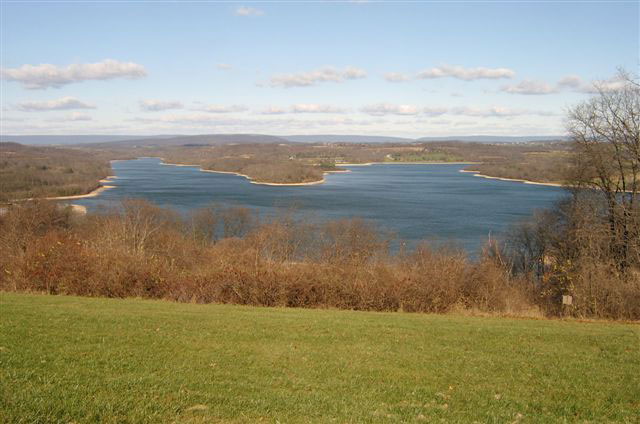
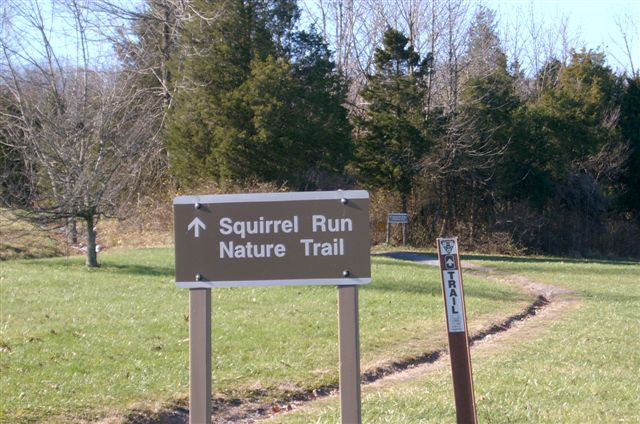

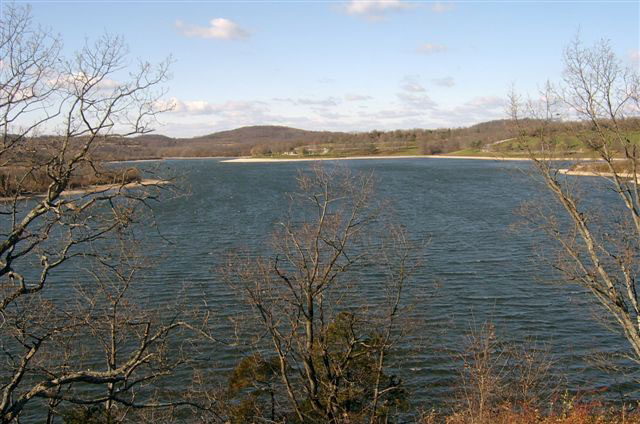
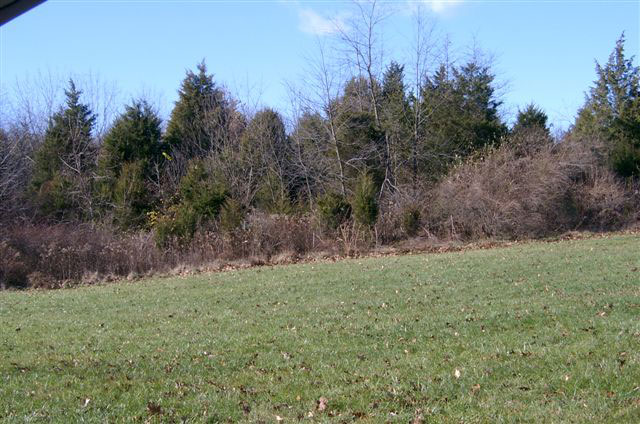
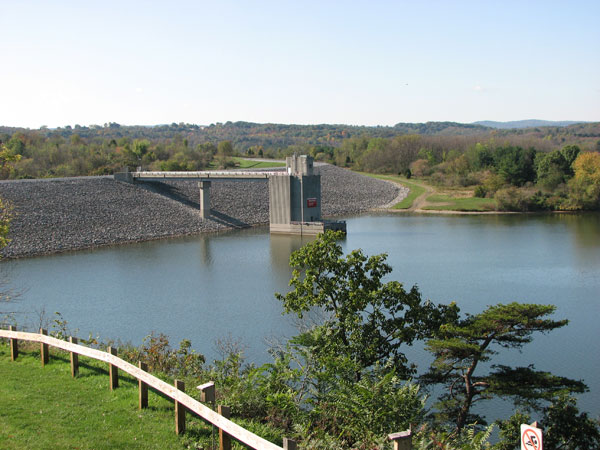
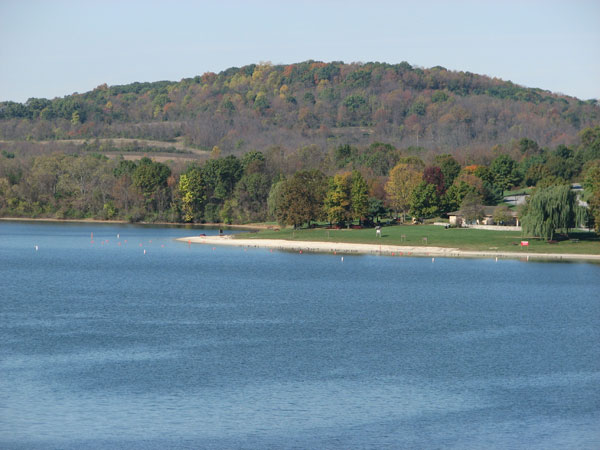
|
| Posted: 2009-10-24 00:00:00 Updated: |
